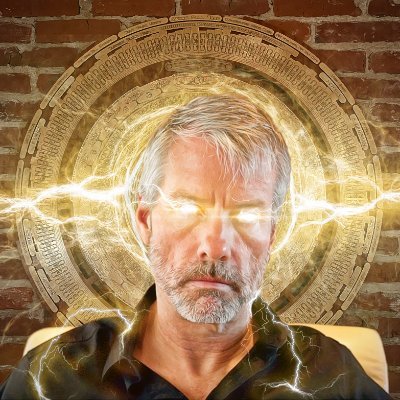$UNITE: Revolutionizing Collective Ownership and Community Wealth in Web3
In the ever-evolving landscape of decentralized finance (DeFi) and Web3 innovation, $UNITE emerges not just as a token, but as a powerful movement—one that embodies the principles of collective ownership, equitable participation, and grassroots empowerment. In a digital world dominated by whales, centralized decision-making, and profit-driven protocols, $UNITE presents a refreshing alternative: a token designed to bring people together, not just around profits, but around purpose.
The Genesis of $UNITE
The inspiration behind $UNITE is rooted in the idea that true decentralization must go beyond code and transactions—it must embrace the socio-economic frameworks that empower real communities. Many crypto projects promise decentralization, but their governance and tokenomics often reflect centralization in disguise. $UNITE aims to change that by placing the community at the center of decision-making and wealth generation.
At its core, $UNITE is a utility and governance token built to support decentralized autonomous communities (DACs). Unlike traditional DAOs, which often have opaque processes and uneven participation, $UNITE empowers communities to form around shared values and missions, distributing resources, rewards, and responsibilities more fairly.
Tokenomics with a Purpose
$UNITE’s tokenomics are designed to promote sustainability, fairness, and inclusivity. Rather than relying solely on speculative hype or high-stakes yield farming, $UNITE’s model revolves around real economic activities within community ecosystems—think local co-ops, social impact initiatives, decentralized education, regenerative agriculture, and more.
The token supply is strategically capped to avoid inflationary pressure, while allocations are carefully distributed: a significant portion goes to community pools, creators, contributors, and community-run ventures. Liquidity mining and staking mechanisms encourage active participation but also include penalty systems for manipulative or extractive behaviors. In essence, the system rewards those who build, not just those who bet.
Building Digital-Physical Communities
One of the most unique aspects of $UNITE is its bridge between the digital and physical world. Most tokens remain purely digital, serving online platforms or DeFi applications. However, $UNITE is structured to power real-world cooperatives and community-based enterprises. For example, a local renewable energy co-op can launch on the $UNITE protocol, offering tokenized shares to members and distributing profits via smart contracts—all governed transparently by community consensus.
This model has profound implications for regions where traditional financial systems exclude the majority. In parts of Africa, Latin America, and Southeast Asia, $UNITE could provide access to capital, governance tools, and economic participation in ways previously unthinkable.
Governance: True Democratic Control
Where many projects falter in decentralization is governance. $UNITE confronts this by introducing a multi-tier governance structure where smaller community groups can federate into larger networks without losing autonomy. Every token holder has a voice, but governance weight can be balanced through quadratic voting and stake-based accountability to prevent plutocracy.
Community proposals, funding grants, and project launches go through a clear proposal lifecycle: ideation, vetting, voting, implementation, and audit. This process ensures transparency and accountability, two pillars often missing in token-driven communities.
$UNITE in the Creator and Impact Economy
As the creator economy flourishes and impact-driven initiatives seek funding beyond traditional philanthropy, $UNITE offers a powerful infrastructure. Independent artists, educators, activists, and social entrepreneurs can launch campaigns or DAOs backed by the $UNITE network, raising funds while maintaining full control over their missions.
What makes $UNITE special here is its emphasis on value-aligned funding. Instead of chasing VC money that might compromise integrity, projects can raise support from people who share their vision. Think of it as Kickstarter meets Web3, but with automated governance, financial transparency, and shared ownership.
Challenges and the Road Ahead
Of course, $UNITE’s mission is ambitious, and challenges remain. Adoption in less tech-savvy communities requires user-friendly interfaces and educational campaigns. Interoperability with other chains and platforms must be addressed to ensure seamless integration. Regulatory clarity, especially concerning cooperative legal structures, will also play a key role in scaling.
But if executed well, $UNITE has the potential to reshape how people participate in the digital economy—not as consumers or investors alone, but as owners, co-creators, and stewards of their own communities.
Conclusion
In a crypto space often obsessed with short-term gains and technological complexity, $UNITE represents a profound shift toward human-centric, purpose-driven decentralization. It is a rallying cry for unity in diversity, empowerment over speculation, and cooperation instead of exploitation.
$UNITE is more than a token—it is a vision of what Web3 could and should be. A vision where people, not just protocols, come first.
$UNITE
 最低價
最低價 最高價
最高價 


















